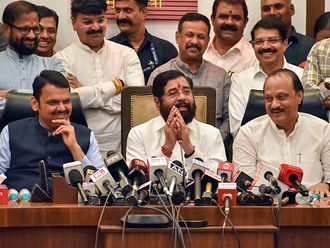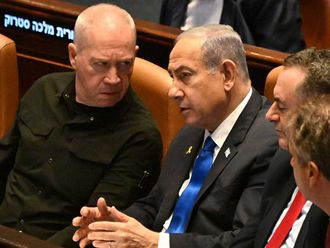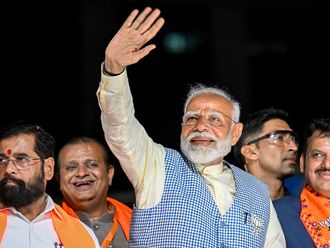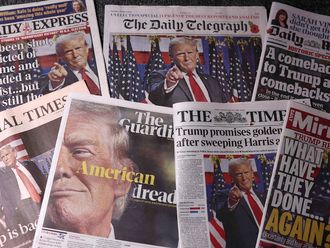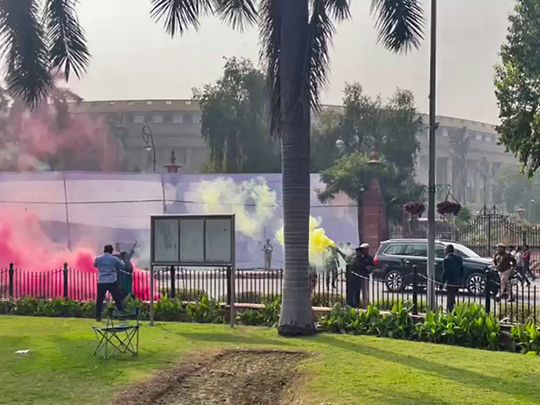
At 1pm on 13 December 2023, two young men jumped into the well of the Lok Sabha, the lower house of the Indian Parliament, setting off coloured smoke with small plastic canisters. They weren’t immediately able to articulate their cause but from media reports it seems they wanted to raise the issue of youth unemployment.
Two more set off canisters and shouted slogans outside parliament. They hadn’t been able to obtain visitor passes. A total of six people were involved; five have been arrested and one is on the run. They will all be tried under stringent antiterrorism laws and will most certainly spent the rest of their lives in jail.
An attack on Parliament should usually be seen as an attack on democracy and on India, such as the terrorist attack in Parliament on 13 December 2001. It is unfortunate that these youths chose the anniversary of the terrorist attack for their violent political protest.
They weren’t associated with any political group and not ‘radicalised’ by any particular ideology or leader. They met through Facebook groups and some of them had been active in protests.
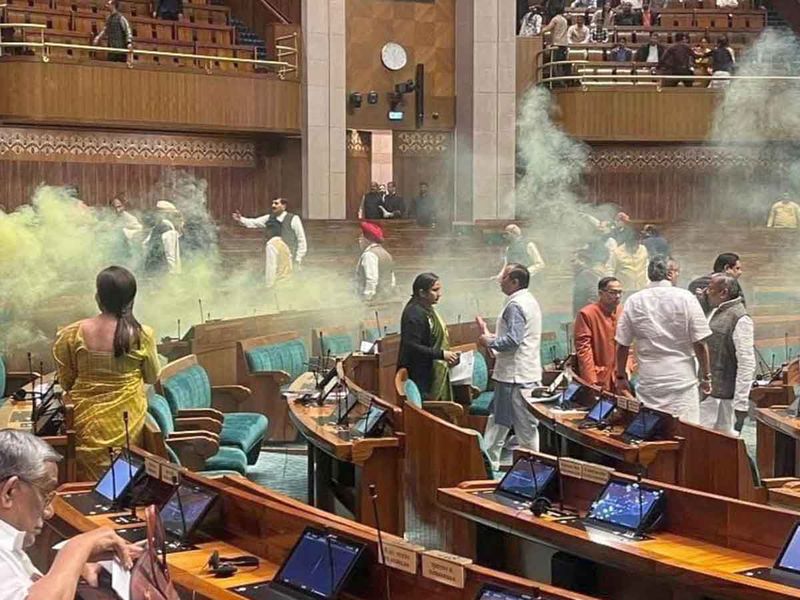
In a democracy where people have the power to vote out governments, public opinion is able to reflect itself in national discourse. The government of the day would always like to avoid uncomfortable questions, but the opposition stands up and asks them. The government is forced to respond. That is the function of the Parliament.
If some youths were driven by unemployment and inflation to violently disrupt the Parliament, it is sadly a reflection that something is amiss.
If the government refuses to acknowledge that there is a youth unemployment problem, and the opposition refuses to raise it in a concerted manner in or outside parliament, unemployed youth are bound to feel cheated, disenchanted, unrepresented and even disenfranchised. One cannot justify the violent protest, but we must take a pause and feel the pain of the unemployed young people if they are driven to such extremes.
Every fourth young Indian…
According to the Centre for Monitoring Indian Economy (CMIE), India’s unemployment rate in October 2023 was 10.09%. In other words, one out of every ten Indian [Indians] is looking for a job but unable to find one. This does not include those who’ve just given up, and there are many of them.
If that is not bad enough — Unemployment among youth (15-24 years of age) is much worse. According to a World Bank report, it stood at 23.22% in 2022. That’s almost every fourth young Indian.
Every year, Lokniti-CSDS, a survey organisation, asks youth in the 15-34 years age group their biggest concerns. In 2016, 18% said it was unemployment. In 2023, unemployment as the biggest concern rose to 36%.
The government’s own data pegs unemployment at 2-3%, and even if you don’t trust CMIE, why is the percentage of youth citing unemployment going up as the biggest concern in surveys?
The government can continue to paint a rosy picture of the economy, telling how many more trillion dollars worth India will soon be. How we have the fastest rate of growth among the world economies. And it can continue to receive validation through election victories.
Winning an election in India needs at best 40% votes. The 10% who are unhappy about jobs, their votes alone may not make a difference.
In my election tourism trips, I have met families where the son was voting against the ruling party because he couldn’t find a job but the parents were voting for the ruling party because they were happy with welfare schemes. That is how insensitive our society has become towards the plight of the unemployed youth who don’t see a future.
Economists who pontificate against “freebies” do not acknowledge the massive unemployment crisis in India. This crisis has been in the making for decades, as India has waited too long for the manufacturing revolution to take off.
India has been seeing some success in manufacturing lately. Apple now makes 7% of the world’s iPhones in India, and is estimated to have created at least 100,000 indirect jobs. In any country, this would be a huge figure, but in a country of 1.4 billion people, 10% is 140 million people.
Breaking the silence
Among the states with the highest youth unemployment is Bihar. In that poorest state of India, I have met BJP-voting youth who say they really like Tejashwi Yadav, currently the deputy chief minister, because he has spoken about creating jobs. But can Tejashwi create jobs? Has he solved unemployment? “But at least someone is talking about our problem,” one replied.
In India today, nobody is talking about youth unemployment. It is the job of the opposition to raise the issue. This should ideally have been the core theme of Rahul Gandhi’s Bharat Jodo Yatra, and many campaigns before and after it. But opposition parties also don’t have a clue about what policies, what ideas or what plans can create millions of jobs overnight. If they did, they would be doing it in opposition-run states, or at least making national proposals.
We need to acknowledge the elephant in the room. We need to make sure that no more youth feel encouraged to take to violence in the way that Sagar Sharma, 27 year e-rickshaw driver from Lucknow, or Amol Shinde, 25 year army job aspirant from Latur did. Our silence is betraying the aspirations of youth.




